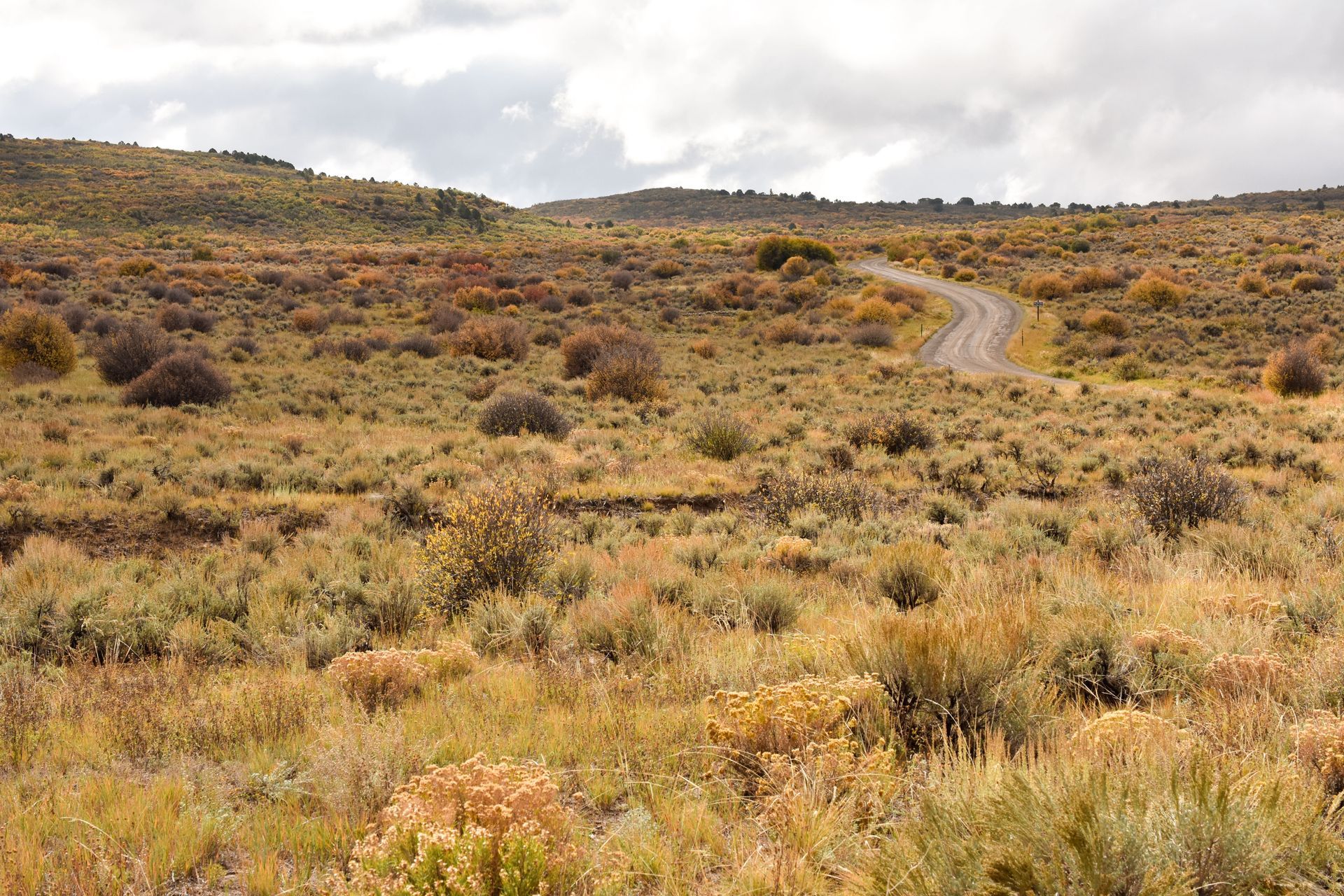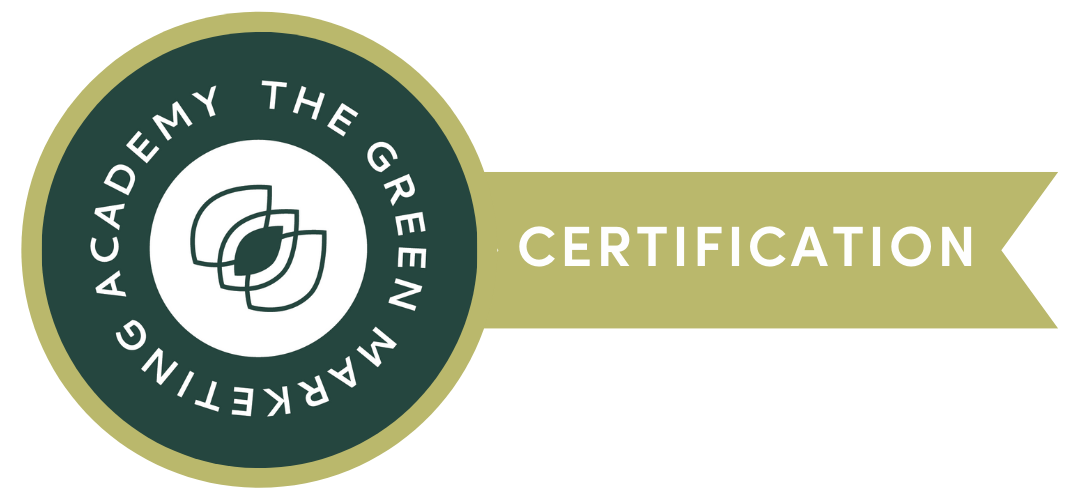Website mistakes to avoid
Originally published on RLC Roots via Substack. Subscribe to be the first to see our newest posts.
As told by a regretful business owner / designer who learned the hard way.
I’m gonna start this off by saying, I am not a web designer. I don’t know all the tips and tricks to mastering SEO and ranking higher on Google. What I do know is that I learned a lot while refreshing my website and I wanted to share in an attempt to spare a few business owners from a headache or two.
There are so many challenges when it comes to selecting the best platform for your business, building a website, and making sure everything is accessible. I certainly learned a lot during both builds, but I would have rather made the right choice for me the first time around.
Mistakes I made on my website:
- Not responsive across all devices, my mobile version was giving me sooo many issues and I couldn’t figure them out.
- Too much copy and clutter, making it unclear for people to quickly find who I want to work with and how I can help solve their problem.
- Design didn’t lead the viewer on to keep exploring and felt a little too bold, I wanted to more closely match my brand’s personality.
- Case studies were clunky and hard to follow. Also inconsistent across devices and screen sizes, making an inconsistent experience for viewers.
- Kept adding and adding without subtracting, which led to a disjointed experience and potential to cause overwhelm.
- My brand’s heart was not shining through and I wasn’t clear on why I was a good choice.
- Not easy to jump in and out for edits throughout the year.
- Expensive plugins and constant updates that I couldn’t keep up with.
A rough process to follow
I learned a lot from working in WordPress during my first build, but I feel a lot more confident after switching to a platform that I enjoy working in. By sharing the broad strokes of my rough website building process, I hope to save you countless hours and prevent a few mistakes.
Before you begin building, plan for the future / Phase 01 Planning
- Will you be the sole editor or do you have a budget for on-going web maintenance?
- Why? Because you should consider a platform that is going to be easy for you to edit if you will be working on it yourself.
- What are your long-term business plans?
- Why? Because you will need something that grows with you, not against.
- Do you need a digital storefront, or capabilities to build one in the future?
- Why? To avoid the need for a full rebuild of your site, a costly and time-consuming error.
- Is this a temporary solution or something that you want to keep for a while?
- Why? Again, to avoid having to do a full rebuild. If you are driving traffic somewhere, you want to be able to retain that traffic if changes are made.
Time for the build… Right?! / Phase 02 Strategy
I wish it were that easy, really I do.
What platform makes sense for you? (Wix, Wordpress, Squarespace, Shopify, Google Sites and more)
Do your research, compare your options and make the choice that makes the most sense for you, your business and your customers/clients. Create your account and buy a custom domain name. The platform you choose likely partners with a third party for this—I recommend using the one they partner with to avoid challenges when connecting the two (don’t get me started on DNS records).
Do you have brand guidelines established?
Yes, great! Make sure you have your colors and fonts ready for your website.
No, that’s okay. If you aren’t ready to work with a brand designer, pick 1-3 colors (even better if you pull them from your logo) and 1-3 fonts (think header, subhead and body copy) to use on your website. Consistency is key!
If you had an old site with the same audience…
Being a bit strategic before jumping into your build is going to save you time and energy. Dig into your metrics / analytics and consider things from your user’s perspective.
What pages are people spending most of their time on?
For my site it was the home page and about page, people want to know who you are and what you do. These pages might deserve a little extra love in your messaging to keep people moving around your site. Really nail down who you are, who you want to work with, and why people should work with you.
What is goal from your website / what do you want people to do?
Book a call, fill out a contact form, call you, buy a product—whatever the answer, be sure to include call to actions (CTAs) throughout your site to make it easy for them to take the next step.
When it comes to planning for the build, you want to establish how many pages you need, what they should be called (don’t make people work too hard), and the general flow of each one (what goes on each page in what order). Keep thinking with that user experience brain and consider what would make sense for someone unfamiliar with you and your brand.
General considerations
Remember that simplifying is often better as it makes for a smoother experience. Too many pages cause overwhelm and might make people leave too quickly before they learn how great you and your business is.
For the rest of the planning process, gather your copy (final is best but, let’s be honest we’ve all had to edit on the fly) and website links (images) for all your pages. Make sure you gather your links and optimize them before uploading to improve ranking and website speed. Although, if you wanted to go a step further or if you have some web design skills, you could sketch out each page and start working out the layout for each page as well.
Build, test, build more / Phase 03 Creation
Time for the build—at this point you have chosen your platform, optimized images, gathered final copy and nailed down your fonts and colors. If you are using a website template, choose the one that makes sense for your business and audience. Most platforms have a place for you to add your logo, brand colors and fonts—add those to start customization.
Add your pages to your menu bar and format your footer—these will be the same. If your platform allows you to customize any other global features, get those done at the start as well.
From there, start building out your home page and start swapping our those headlines and body copy with the copy you prepared. You may have to add or rearrange things to fit the template’s pre-established flow.
Once you are happy with the home page, start adding your supporting pages and use your home page as a guide. Making sure each one has a similar feel throughout.
Reminders when building (I’ll probably continue adding here):
- Add alternate IDs for all your images—to improve SEO ranking and make your website more accessible
- Test performance on a range of screens
- Add buttons throughout with CTAs and link to other pages
- Triple check for spelling errors
- Add your own brand colors and fonts to create a cohesive experience
- Stay consistent with headline, button and body copy formatting
- Add your contact info and links to social platforms where people can find you online—encourages connection and also allows you to stay top of mind
- Keep it simple, think about your users, and make it easy for yourself to edit
Once you’ve checked things over yourself, don’t be afraid to send to your inner circle before you share it with the world. They might catch something that you didn’t, we all miss things when we stare too long at a block of copy.
Published and ready to rest / Phase 04 Promotion
Not so fast! Time to promote, link to Google, and update your digital spaces (don’t forget this step). Your website looks great, but you want people to know about it to drive some initial traffic that way.
Get connected to Google Search Console so your site can be indexed on Google (from my understanding, if the digital world were a library, indexing your site would be like having a ISBN number to identify your book) and set up Google Analytics so you can track your progress.
If you have a Google business profile, be sure to include your new / updated website link—if you don’t have one and are a local business with a storefront, get one created to boost SEO and ranking on Google.
Job well done
Now it’s time to rest and relax. Your site is live, it looks great, people know about it and it will be there ready for you when it’s time to make edits. Don’t forget to keep track of your analytics, so you can continue working on driving more traffic. Add blog posts, refine your SEO, and make updates as needed to keep things relevant.
Final thoughts
All that to say, building a website can be a long process. If you choose the right platform from the start you can avoid having to go through it all again. If you’d rather not go through this on your own, expect to invest some cash (most quality web packages with small teams start between $2000 and $5000 and agencies often charge $20,000 and more). Here are a few designers in my network who offer web design services:
- Lauren Lester (Portland-based, I've collaborated with her myself for a client's website)
- Daphnah from Terracotta Creative Studio
- Geri Leung from Almadin Creative (also in Portland, OR)
Need help sorting through platforms / website options? I’d highly recommend talking through your things with a business mentor, fellow entrepreneur or intuitive business coach like Angela Ellison Creative. It might save you time and money in the long run.
I hope this post helps give you an idea of what it takes to build a website. Planning for the future and thinking strategically about how people will interact with your site will help you in the long run.
Don’t be like me—take some extra time to choose the right platform for you and your business before you dive in and you will save precious time and money.












